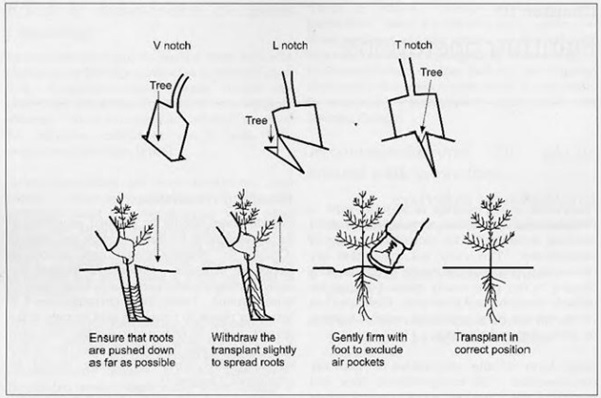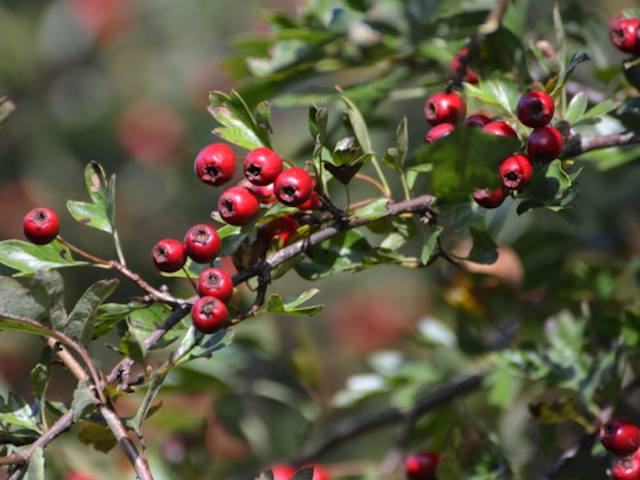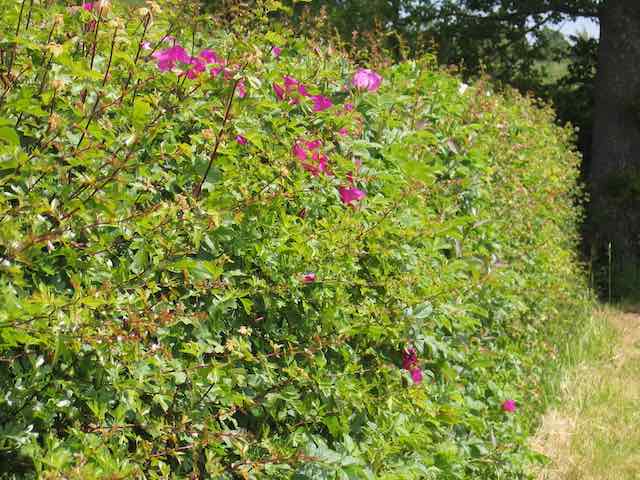Description
This mixed hedge pack is a bundle of 25 thornless, native plants that are safe to plant where young children are playing or along public footpaths. They are also good for wildlie and work on any soil, while also providing good screen from wind in exposed sites. These plants are all thorn-free and mostly non-toxic; Spindle berries aren't edible, but they taste too bitter to chew or swallow. This mix of rugged native plants is great for biodiversity, providing plenty of food for birds, small animals and butterfly caterpillars.
They can also be used for planting under existing tees and hedging to fill in gaps.
Pack Contents:
4 x Field maple Acer campestre
4 x Hazel Corylus avellana
4 x Wild Cherry Prunus avium
4 x Spindle Euonymus europaeus
5 x Wild privet Ligustrum ovalifolium
4 x Guelder rose Viburnum opulus
Thornless mixed hedge packs are only delivered bareroot, during winter (November - March).
The plants in this pack will be generally be 40-80 cms tall
Spacing Thornless hedge:
Plant hedging at 3 plants per metre, 33cms apart. You can also plant Thornless at 5 plants per metre in a staggered double row, with 33 cms between each plant along the row and 40cms between the rows.
Each pack of 25 plants will make 8.5 metres of single row hedge and 5 metres of double row hedge.
When The Plants arrive
When your plants are delivered, bare rooted plants normally arrive inside a box with plastic bags over the roots and should be treated carefully. It’s essential that they’re not allowed to dry out or be exposed to frost. The bags should be kept standing up in a sheltered area away from wind etc., The quicker the hedge is planted the better. If you can’t get out and plant the bare rooted hedging within a couple of days, the plants should be removed from the bags and heeled in (stood upright in a trench and the roots covered with soil).
Spade Method (Also known as Slit Planting)
This entails cutting a slit in the ground and holding it open with a spade whilst the roots of the plant are carefully inserted and spread downwards.

Check out our blog post on "How to plant a bare root hedge" here.











